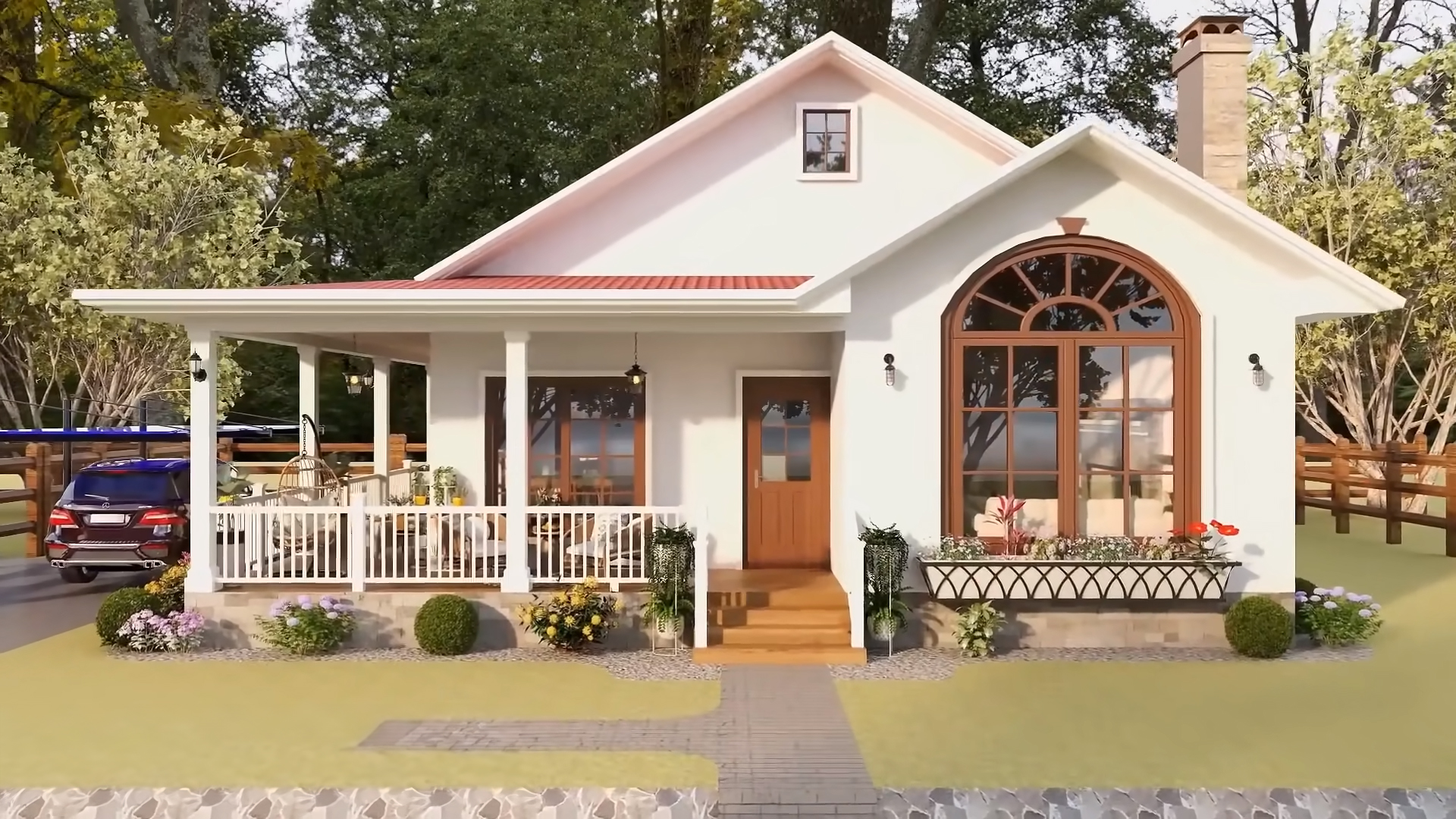The tiny house movement has steadily gained traction over the years, driven by a desire for minimalist living, sustainability, and financial freedom. As we enter 2024, several new trends are emerging that promise to make tiny house living even more appealing and functional. In this article, we will delve into these trends, exploring how they can enhance the tiny house lifestyle and contribute to a more sustainable and connected world.
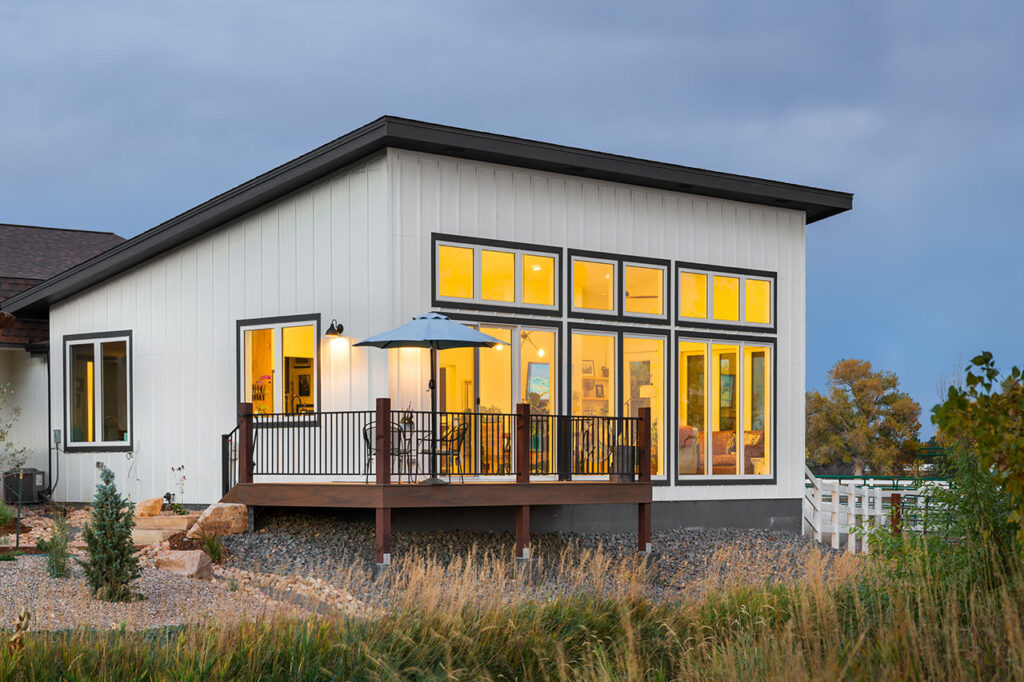
1. Sustainability and Green Energy
Sustainability remains at the forefront of the tiny house movement, with 2024 bringing innovative approaches to eco-friendly living.
- Renewable Energy Sources: Tiny houses are increasingly being equipped with solar panels and wind turbines. These renewable energy solutions provide a sustainable way to power homes, reducing reliance on the grid and lowering carbon footprints.

- Zero-Waste Living: A growing number of tiny house dwellers are adopting zero-waste principles. This includes using composting toilets, greywater recycling systems, and minimizing waste through careful consumption and robust recycling practices.
- Eco-Friendly Building Materials: The trend towards using sustainable materials continues. Reclaimed wood, bamboo, recycled metal, and other eco-friendly materials are popular choices for constructing tiny houses, offering both environmental benefits and unique aesthetic appeal.
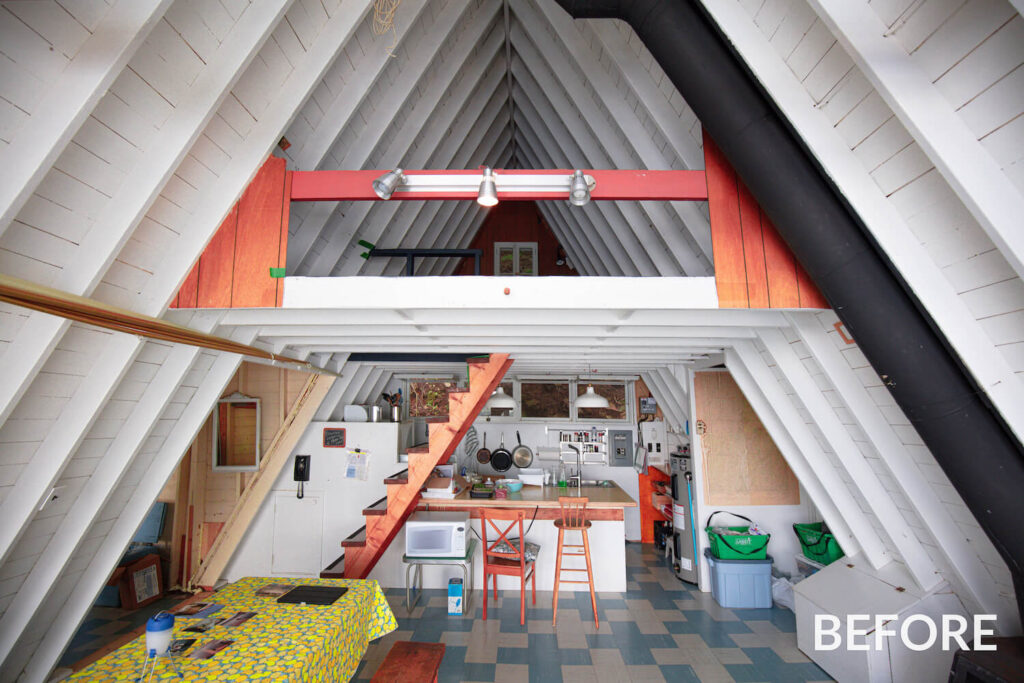
2. Smart Home Technologies
The integration of smart technologies is making tiny houses more efficient, convenient, and comfortable.
- Smart Devices: Smart thermostats, lighting systems, and security cameras are becoming standard in tiny houses. These devices can be controlled remotely, offering convenience and energy efficiency.
- Energy Management Systems: Advanced energy management systems help tiny house owners monitor and optimize their energy use, ensuring efficient operation and cost savings.
- Voice-Controlled Assistants: Devices like Amazon Alexa and Google Home enhance the tiny house living experience by providing voice-activated control over various home functions, from lighting to entertainment.,
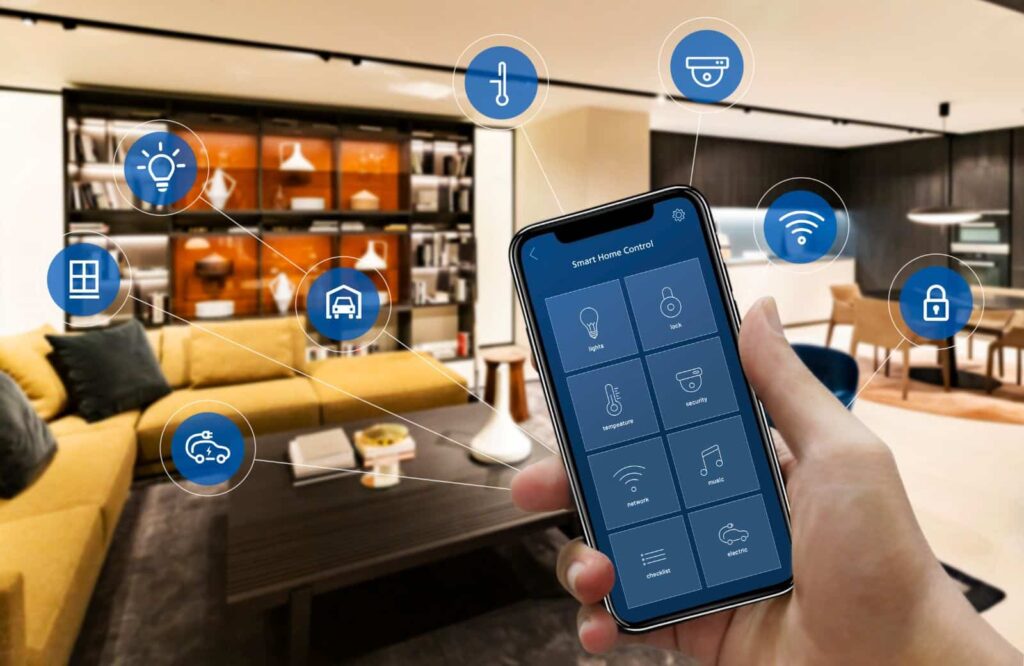
3. Multifunctional Furniture and Modular Designs
Maximizing space is crucial in tiny houses, and 2024 is seeing innovative solutions in this area.
- Space-Saving Furniture: Furniture that serves multiple purposes is essential. Examples include fold-out beds, retractable tables, and integrated storage solutions in stairs and walls.
- Modular Construction: Modular design offers flexibility and customization. Homeowners can add or remove modules to adapt their homes to changing needs, making tiny houses versatile and scalable.
- Convertible Spaces: Design elements that allow spaces to serve multiple functions are increasingly popular. For example, a dining area that transforms into a workspace or a guest bedroom can significantly enhance the usability of a tiny house.
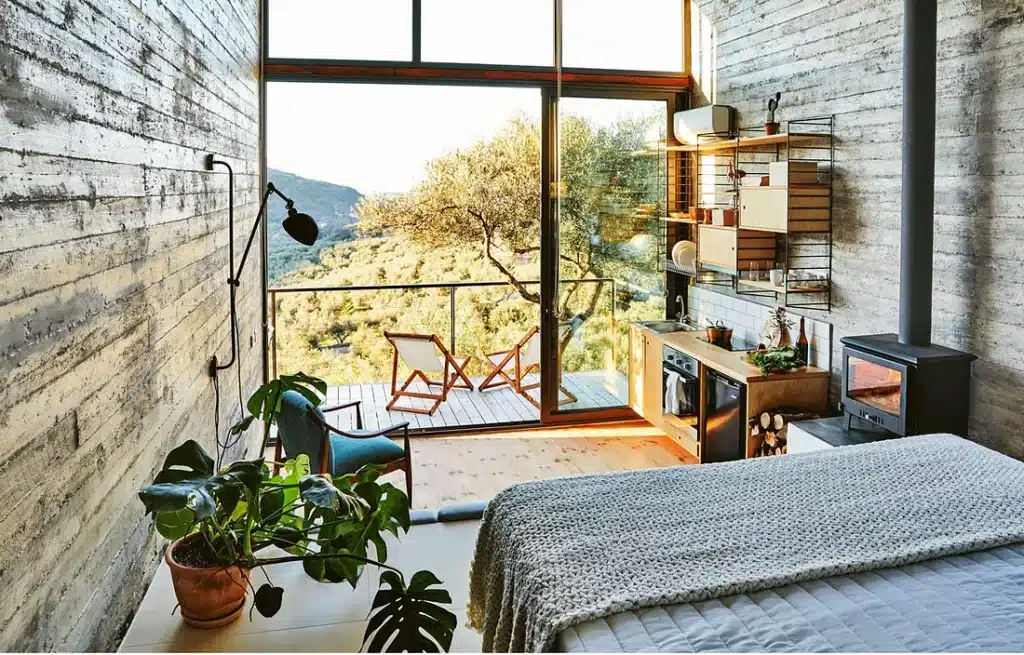
4. Community and Social Living
The rise of tiny house communities is transforming the way people live, offering social and economic benefits.
- Tiny House Communities: These communities provide shared amenities such as gardens, workshops, and communal spaces, fostering a sense of belonging and mutual support.
- Shared Resources: Sharing resources like tools, vehicles, and laundry facilities reduces individual costs and promotes a more sustainable lifestyle.
- Collaborative Living: Emphasizing collaboration and community involvement, these communities often engage in group activities, events, and projects that strengthen social bonds and enhance the living experience.
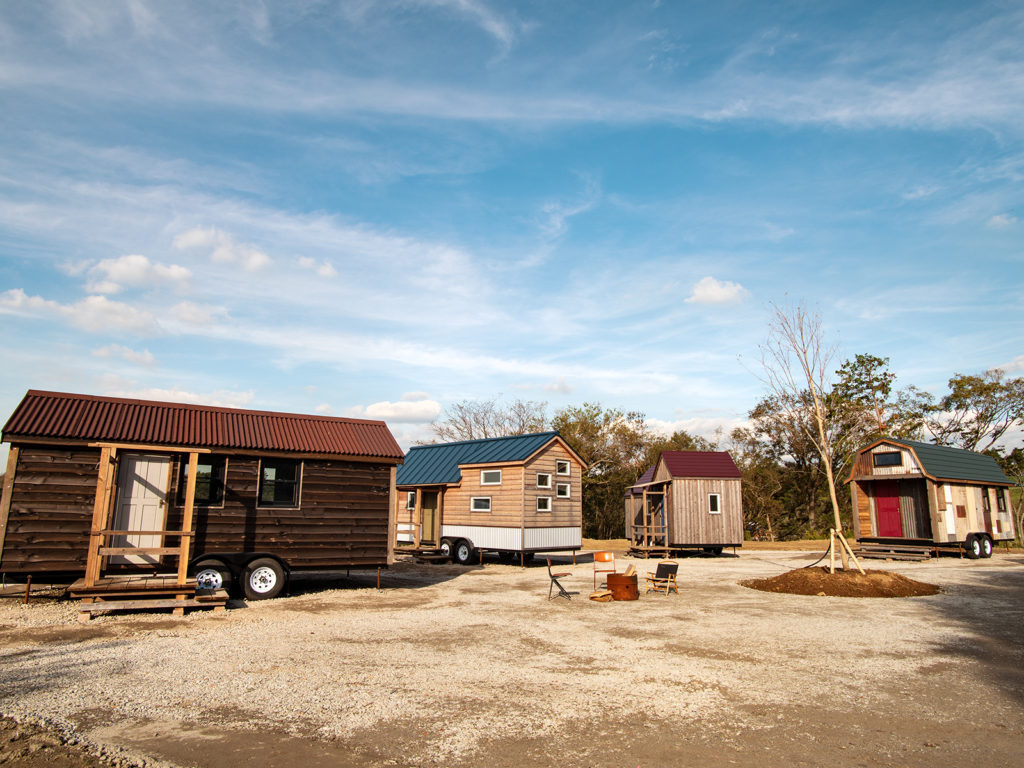
5. Innovative Building Materials and Techniques
New materials and construction techniques are revolutionizing tiny house building.
- Advanced Materials: The use of materials like hempcrete, structural insulated panels (SIPs), and 3D-printed components is on the rise. These materials offer superior insulation, strength, and environmental benefits.
- Prefabricated Houses: Prefabricated tiny houses are becoming more popular due to their quick construction times and consistent quality. These homes can be assembled in days, significantly reducing the time and labor involved in traditional building methods.
- Sustainable Construction Techniques: Techniques such as passive solar design, rainwater harvesting, and natural ventilation are being integrated into tiny house designs to enhance sustainability and efficiency.
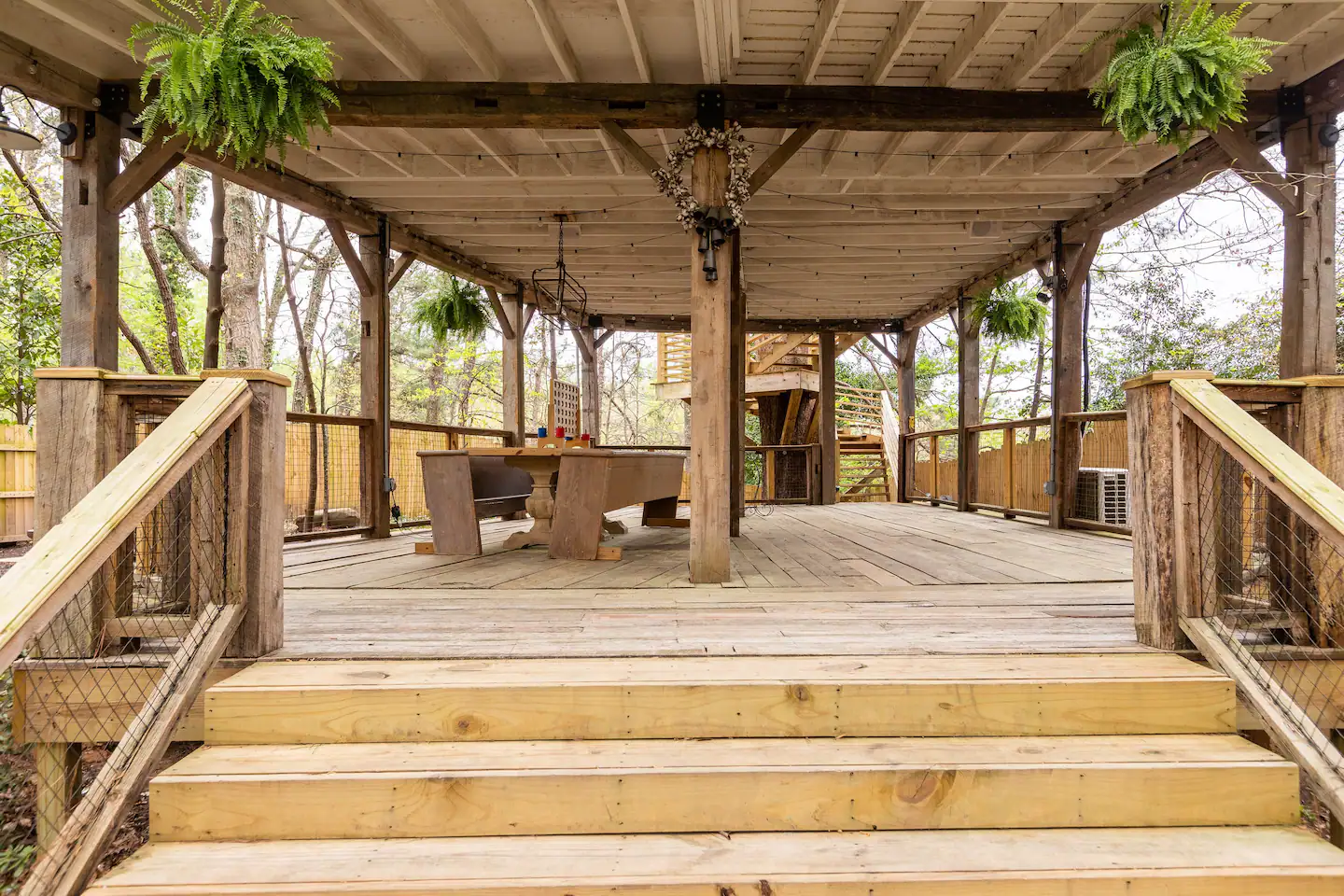
As we look ahead to 2024, the tiny house movement continues to evolve with exciting trends that emphasize sustainability, technology, and community. By embracing these trends, you can create a tiny house that is not only environmentally friendly but also modern, efficient, and connected. Whether you are building a new tiny house or upgrading an existing one, these trends offer inspiration and practical solutions for a better way of living.
Love what you see? Share your home makeover with us and we’ll feature it on our blog.
Email us at info@livinginatiny.com and tell us about your project.
11 green building materials that are way better than concrete
